27 May 1402 at 20:57
The battle between iPhone and Android dates back to the founding of their parent company. We will provide you with the features of both the operating systems here, but it is up to you to decide which one suits you best.
Android phones and iPhones are among the general categories of smartphones available in the market. It seems that there is never a clear winner when comparing these two brands, and the personal preferences of users are the final decider.
When it comes to deciding whether to choose Android or iPhone, before choosing, you should note that the device you choose will affect your daily productivity and ultimately the profitability of your business.
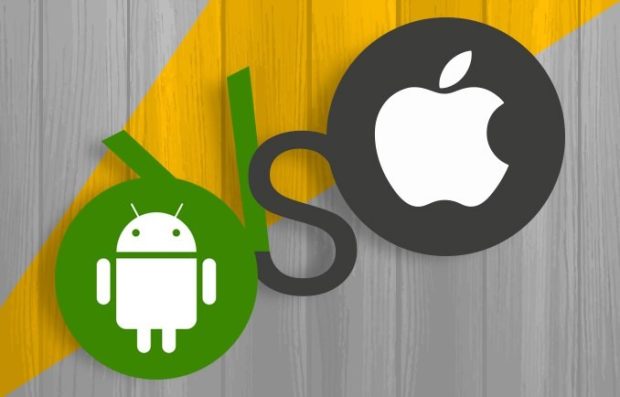
Before choosing between these two commercial devices, there are several questions you need to answer: Which operating system is easier for you to work with? Does the option you chose match your budget? Which one provides you with better integration and support? Which one facilitates synchronization and is easier to manage?
Currently, both iPhone and Android devices can offer completely different performance in these areas. Therefore, in the upcoming article, we will compare these two operating systems by mentioning their features and help you determine which one is more suitable for your business.
Important factors in comparing Android with iPhone
Access to applications
These days, most major apps are available on both Android and iOS operating systems. Google Play is a store for Android devices and an app store for iOS users. Both stores have been launched since 2008 and provide their users with a collection of programs, books, movies and music to download on mobile phones.
From the comparison of these two stores, we can conclude that the App Store provides its users with better quality programs than Google Play. Google Play also has many useful applications that have their own fans, but you may encounter bugs that are sometimes annoying.
In addition, the programs reach the Apple App Store before the Android Google Play Store; Because iOS is more controlled than Android and makes it easier for developers to optimize and deploy apps. On the other hand, developing Android applications is more difficult.
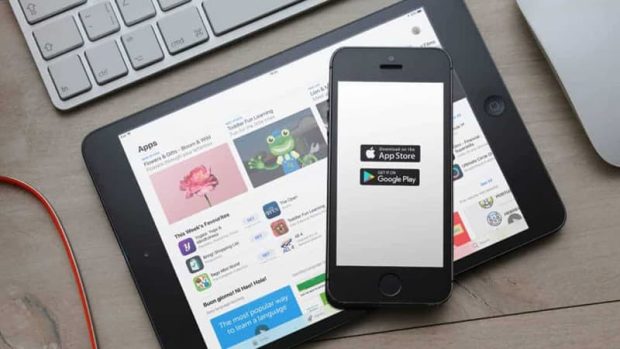



From the beginning of 2022 onwards, the App Store, having 2.11 million applications, has been able to register the title of the second largest application store. On the other hand, Google Play has ranked first with 3.3 million Android apps.
Users have downloaded 111.3 billion apps from Google Play so far, and this number is expected to reach 139 billion by 2024. This shows the superiority of Android Google Play over the Apple App Store.
On the other hand, there are very few obstacles for developers to publish apps on the Google Play Store. The App Store doesn’t have the same problem, and apps for Apple devices always go through a reviewer for quality control and approval before being published on the App Store. So in terms of app availability and quality, iOS has surpassed Android.
Device management
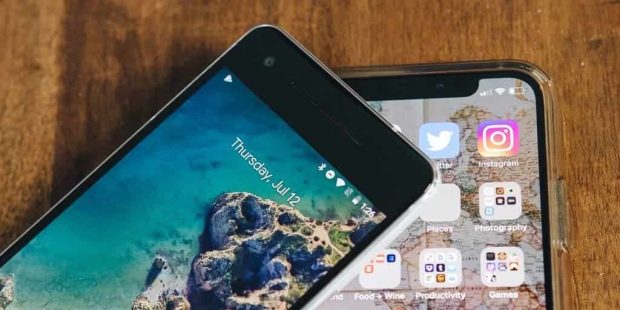



The next key factor to consider is which operating system allows hassle-free management of your device. Both Apple and Android MDM solutions offer similar functionality, but there are several differences between the two. MDM stands for Mobile Device Management. It is a type of remote asset management software that runs from a central server.
Overall, MDM allows you to run your company more easily. MDM simplifies processes such as installing updates across all devices and provides additional security features such as remote locking (in case of loss or theft), multi-factor authentication, data encryption, and more.
Below are the most important factors to consider when choosing between Android or iPhone from a device management perspective:
How easy is it to register users in the system? Can you customize settings across multiple devices? Can employees create and maintain separate profiles for work and personal data on their devices? Can you distribute and configure approved applications and settings to devices on your network?
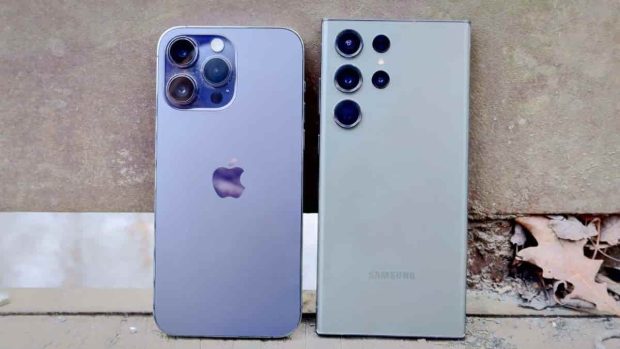



Since the release of iOS 4 in 2010, Apple has equipped its devices with MDM capabilities. Therefore, the company’s operating system surpassed Android.
The huge variety of manufacturers and devices in Android made device management difficult on this platform. However, Google fixed this problem by releasing a resource called Android Enterprise Recommended in 2018.
This resource contains a list of enterprise-optimized devices and services, with useful details like update frequency, operating system requirements, screen size, storage options, and more.
Both Android and iOS allow contactless registration to a company’s server, and you can easily automate profiling and access configurations on both platforms.
Ability to interact with other devices




Android works better than iOS in interacting with other devices. iPhones are notorious for being feature-exclusive, as iOS is solely owned and controlled by Apple. Therefore, this company has full control over its design and features.
For example, iMessage, the company’s proprietary messaging service, is very functional until you have to send a message to an Android user, at which point you run into problems.
Although there has been a lot of pressure on Apple to fix this experience, there has been no progress in this regard. But on the other hand, this exclusivity creates great integration into the Apple ecosystem, and iPhones work very seamlessly with other Apple devices.
For example, even without an internet connection, you can quickly transfer data between devices via AirDrop. With Handoff, you can work on the same project across all your different Apple devices, or copy and paste from one Apple device to another.
Android works better with different devices, but as manufacturers add various tweaks to the operating system, the integration is not the same as on the iPhone.
For example, if you start a project on a Samsung Galaxy and want to finish it on a Dell or Asus laptop, there is no continuity.
Although Google Workspace provides some degree of interactivity on Android, and you can use Google Drive as a cloud storage space and access data from different devices, the experience will not be as easy as it is on the iPhone.
UI/UX design
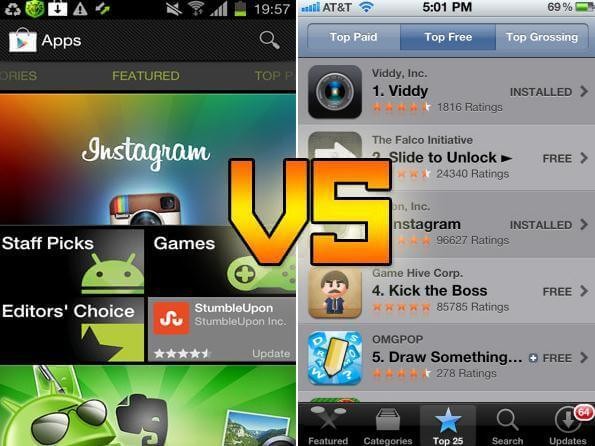



UI stands for User Interface Design. The designer of the UI department determines what the appearance of each section should be to give a suitable effect to the website or device.
UX stands for User Experience Design and refers to the feelings and comfort of the user while working with the various components of the platform and considers the aspects of the user’s interaction with each part.
If UI/UX is important to you, it’s safe to say that both Android and iPhone platforms are user-friendly. Earlier, iOS was preferred over Andoird, but the recent development has removed these barriers.
Android is ideal for people who prefer to customize their user experience, and Android users can customize everything about their user experience. Applications enable them to use widgets to display a wide range of information, and they can also completely change the appearance by choosing from different launchers.
You can also change the default apps for specific functions. This feature is something that Apple and other software packages do not offer.
Each platform has a voice-activated personal assistant. Siri (Apple’s assistant) lets you do dozens of other things, including saving notes and reminders, drafting emails, and retrieving driving directions. A set of similar features is also available in Google Assistant.
Android and iOS speed battle




To know the real speed of Android and iOS, there are parameters through which you will know the exact difference between the two.
- According to research, Chrome Android browser is faster than iOS.
- The average loading time of Android is 2.144 seconds, while this time on iPhone reaches 3.254 seconds.
- During the research conducted on 100 sites, it was found that mobile sites were 66% faster on iPhone and 8% faster on Android.
- When it comes to cloud services, Apple lags far behind Google’s cloud storage, and with iCloud you won’t have much space compared to Google’s cloud service. iCloud provides an extra five gigabytes of storage on iPhone, compared to 15 gigabytes on Android.
Price
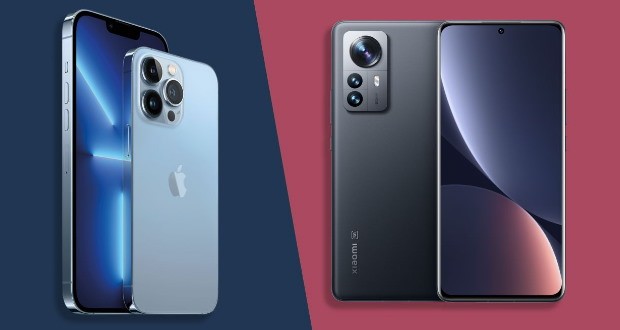



If you’re looking to buy high-end models, both Android devices and iPhones have options at roughly the same prices, but Android offers a wider range of price options.
On the other hand, iPhone devices offer a higher level of quality and reliability that makes them a long-term investment tool.
iPhones also hold their value better over time than Android devices, so if you’re planning to sell or upgrade your phone in the future, an iPhone is a better option.
Storage space
These days, one of the important factors that determine the final price of a smartphone is its storage space. Both Android and iPhone operating systems are available in different models whose prices increase according to their storage capacity. Therefore, the price of a 256GB smartphone will be higher than the 128GB model.
But one of the advantages that most Android phones (not all) have over iPhones is the ability to increase their storage space.
While many new devices have 128GB storage options, some Android smartphones allow users to expand their phone’s storage by adding microSD cards.
There’s no such option on iPhones, and you’ll have to shell out a few hundred extra dollars for more storage.
Android or iPhone, the choice is yours
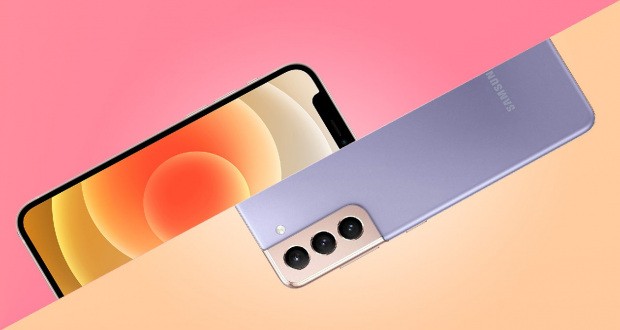



Ultimately, it’s entirely up to you to choose the operating system that’s right for your business. For this purpose, we suggest you to work with both platforms and touch their differences.
iOS-powered iPhones are a good option for MacBook users because they can communicate seamlessly. iPhones are also more secure with user-friendly features like Siki.
Google’s Android operating system is very popular among most of the users because it offers a host of features. There are also more Android smartphone options than the iPhone, which leaves you spoiled for choice.
We hope this article has helped you choose which one is the best option for your business.

